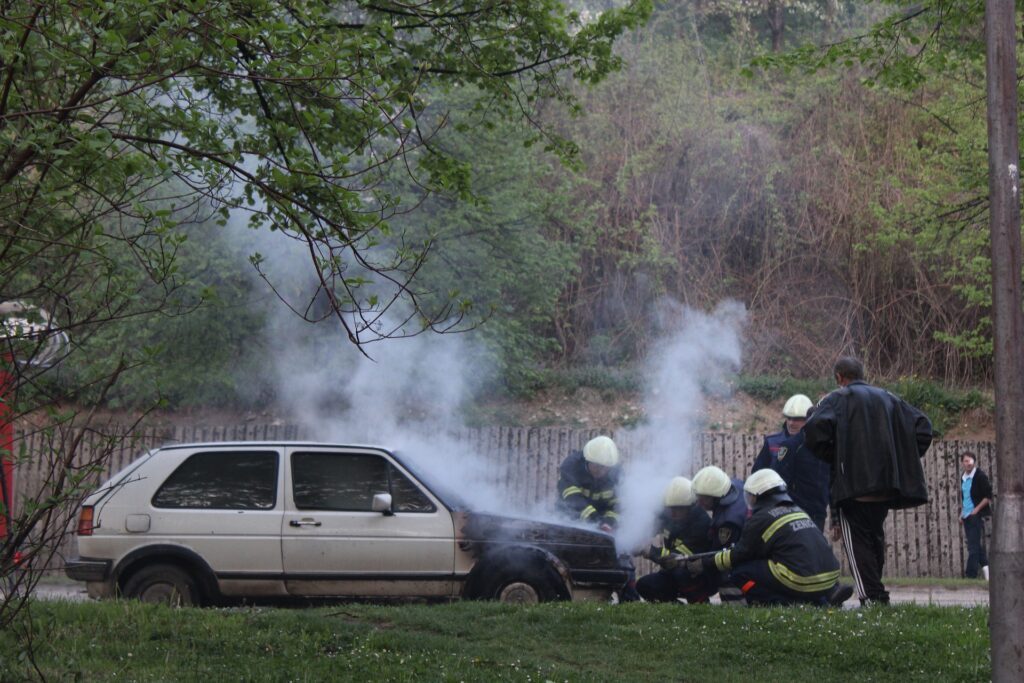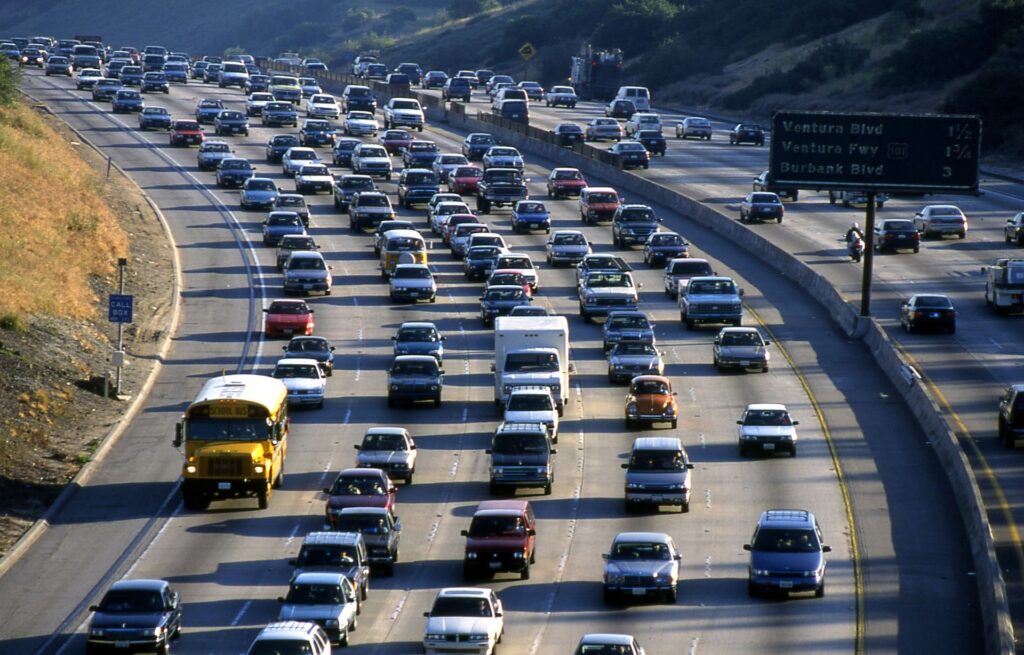Oakland is a large port city in Alameda County, California. It is the third-largest city in the San Francisco Bay Area, situated in the east bay. Similarly, Oakland is the eighth-largest city in California, with a population of 422,994.
As a major regional port and transportation hub, it is no stranger to road accidents and fatalities. In 2021, the US recorded approximately 42,939 deaths from motor vehicle crashes.
Meanwhile, Oakland recorded 30 deaths in the same year. Almost half of these traffic deaths were drivers, while eight were pedestrians.
Usually, accident victims have various legal options to pursue if they want to recover compensation for their injuries. They can file an auto accident claim or lawsuit, depending on the circumstances of their case.
In any case, seeking advice from an experienced car accident attorney can increase the likelihood of pursuing damages and expediting their claims. Law firms offer free consultations to those who wish to file a car accident case against the liable party.
Key Takeaways
|
Car Crash Causes in Oakland
Various factors influence auto accidents, such as operator error, vehicle malfunctions, and road conditions or weather changes.
Factors contributing to operator error include distracted driving, speeding, fatigue, and aggressive driving. Generally, these behaviors are the most common cause of car accidents.
Vehicle malfunctions refer to mechanical failures which contribute to accidents. These issues include brake failures, tire blowouts, and steering or suspension problems.
Road conditions or weather changes are environmental factors that significantly impact driving conditions and contribute to accidents. These factors include poor road maintenance, inclement weather, and traffic congestion.
In Oakland, the most common triggers of fatal crashes include speeding, unsafe turning, failure to yield, red light running, and drunk driving.
Speeding
Driving at high speeds reduces a motorist’s ability to perceive and react to changing traffic conditions. In addition, speeding makes it more challenging to control a vehicle, especially in emergencies.
These situations can also magnify the severity of a crash’s impact. In this case, the collision could result in more significant injuries and vehicle damage.
Failure to yield
Disregarding the right-of-way rules creates dangerous situations on the road and can lead to auto accidents. For example, a driver failing to yield the right of way at an intersection can cause collisions with vehicles coming from other directions.
Failing to yield when merging or changing lanes can also cause accidents. It can occur when motorists switch lanes without signaling or checking blind spots. In addition, it can also lead to pedestrian or cyclist collisions. These types of accidents usually happen at crosswalks or intersections, resulting in potential injuries.
Unsafe turning
Unsafe turning maneuvers contribute to accidents by creating public safety issues for road users. For instance, a motorist attempts to make an improper left turn at an intersection. It can disrupt traffic flow and fail to communicate intentions to other road users.
In addition, misjudging the gap from oncoming traffic can cause head-on collisions. The same thing can happen when drivers attempt U-turns at a location with heavy traffic or limited visibility.
Drunk driving
Impaired motorists may exhibit erratic behavior, such as driving at inconsistent speeds, swerving, or ignoring traffic signals. They may also have difficulties reacting promptly to abrupt changes in road conditions or navigating curves and turns accurately.
This behavior may also lead to risky decisions, like attempting to overtake other vehicles in hazardous situations. These factors combined significantly increase the likelihood of collisions, resulting in severe injuries and fatalities.
Who can be liable for a motor vehicle accident in Oakland, CA?
In a car accident case, investigators can attribute responsibility for the incident to different parties involved. It can be one of the motorists in the crash, a vehicle manufacturer, or a government entity.
Generally,
Drivers involved
In many cases, one party can be primarily liable for a collision, especially if their actions or negligence directly caused the accident.
For example, a driver crashes into the vehicle before them in a rear-end collision. They would likely be the at-fault driver because they did not maintain a safe distance from the car ahead.
Similarly, suppose a driver fails to yield the right of way at an intersection. They can be running a red light or stop sign and colliding with another vehicle. The motorist can be responsible for the incident because they committed a traffic infraction.
Other drivers
In some situations, a driver’s actions can initiate a series of events that causes a collision between two other vehicles. This motorist is called the proximate cause. They can possess liability for the collision, even if they were not directly a part of the crash.
For example, driver A is speeding and suddenly changes lanes without signaling, cutting off driver B, who brakes suddenly to avoid a collision. As a result, driver C cannot react in time and rear-ends driver B’s vehicle.
In this case, the first driver’s negligent behavior created conditions that caused the collision between drivers B and C.
Vehicle manufacturers
Vehicle malfunctions, such as faulty brakes or lights, can pose a liability to manufacturers. Suppose a vehicle’s design or manufacturing defect leads to an accident or injury. The seller or manufacturer may be held responsible for the damages.
For example, a vehicle’s brakes malfunction, causing the motorist to lose control and crash with another driver. The manufacturer could be liable for design flaws, faulty components, or improper manufacturing processes.
Similarly, the manufacturer can be responsible for the defective airbag system in accidents where airbags fail to deploy or deploy improperly. Injured parties can file a product liability claim to recover compensation for their injuries.
Government agencies
Unattended road hazards without proper signage can contribute to collisions. The government or relevant authorities are responsible for the accident in these cases.
Local government units must maintain safe road conditions and adequately warn drivers of any hazards. Suppose there is a road hazard, like a pothole, construction zone, debris, or uneven surfaces. When the government fails to provide proper warning mechanisms to alert drivers, they may be liable if an accident occurs.
Improper road design can also pose a liability to government entities. It includes inadequate lane markings, confusing intersections, or lack of visibility. Suppose a motor vehicle accident occurs due to a design flaw the government could have addressed. They can be at fault for the incident.
Types of Auto Insurance Coverage
Different insurance policies come into play in car accidents, providing coverage for various aspects of the incident.
In California, motorists must be financially responsible for their actions on the road and for all the cars they own. Most drivers carry an auto liability
Suppose a driver gets involved in a collision not covered by their
- Injury or single death: $15,000
- Injury to at least two people or death: $30,000
- Property damage: $5,000
Liability coverage
Liability coverage protects motorists from legal obligations and financial losses arising from their actions that caused injury or property damage to others. Most jurisdictions require motorists to carry liability
Two main components typically make up liability coverage: bodily injury and property damage liability.
Bodily injury liability pays for medical treatments, lost wages, emotional anguish, lost wages, and other damages caused by the policyholder. It helps compensate the accident victims for the physical and emotional harm they suffered due to the accident.
Property damage liability pays for the replacement or repair costs of property destroyed in a car crash. It includes damage to other cars, structures, and property from the incident.
Comprehensive insurance
Comprehensive
- Theft
- Natural disasters
- Vandalism
- Falling objects
- Animal collisions
- Fire
- Broken glass
Usually, those with a newer or more valuable vehicle avail of comprehensive
Collision insurance
Collision
Collision
How To Recover Compensation for Your Injuries


Individuals who sustain injuries in car accidents are entitled to seek compensation for their losses. To pursue this, accident victims must establish negligence on the part of the at-fault driver.
Negligence refers to the failure of a party to exercise care, resulting in harm or injury to others. In car accidents, accident victims must establish that this breach of duty directly caused the incident and their injuries.
Insurance claims
After a collision, injured parties can file an
Depending on your
Usually,
- Accident or police report
- Pictures or videos of the accident scene
- Names and phone numbers of all motorists involved, including witnesses
Lawsuits
Suppose the at-fault party’s
This process can be a more time-consuming and expensive pursuit compared to
Do external factors affect compensation?
Various factors can significantly impact the compensation a victim receives from an
No-fault insurance system
Certain states implement the no-fault
Currently, 18 states implement this rule, excluding California. In the states that follow no-fault rules, each party’s
This condition applies regardless of who was responsible for the accident. No-fault
Comparative negligence laws
Comparative negligence distributes fault and liability to multiple parties in a personal injury case. Courts allocate responsibility based on the parties’ respective contributions to the incident. Under comparative negligence, the court reduces an injured victim’s damages in proportion to their degree of fault.
California follows the pure comparative negligence rule. This rule means that an accident victim can recover damages regardless of how much fault they contributed to the car crash. For example, the court finds the injured party to be 60 percent liable for the incident. They can still receive 40 percent of the damages for their injuries.


Pro Tip
Suppose a motor vehicle accident caused injuries, fatalities, or at least $1000 in property damage. Motorists must report the collision to the California DMV within 10 days.
Book a Free Consultation With an Oakland Car Accident Lawyer
There are various factors to consider when filing a personal injury claim or lawsuit for auto accident injuries. Handling these circumstances while recovering can be overwhelming for accident victims. That’s why seeking legal guidance from a personal injury lawyer is paramount when navigating legal processes.
The Personal Injury Center ensures that your rights are protected and advocates for clients to receive maximum compensation. We work with a network of experienced car accident lawyers that are always ready to answer any of your concerns.
Get fair compensation for your auto accident claim. Contact The Personal Injury Center to find an attorney for you.
FAQs on Oakland Car Accidents
How soon should I file a personal injury claim in Oakland?
Injured parties must file motor vehicle accident claims in California within two years of the car crash.
How long does resolving a car accident claim in Oakland take?
Various factors affect the claims process, such as the case’s complexity and whether the investigators can quickly determine liability. On average, resolving a car accident case can take a few weeks to months.
How much does hiring an Oakland car accident lawyer cost?
Personal injury attorneys typically operate on a contingency fee system. It means they will receive a portion of the settlement amount if they win the case. Usually, they take around 30 to 40 percent of the total compensation for the accident.



